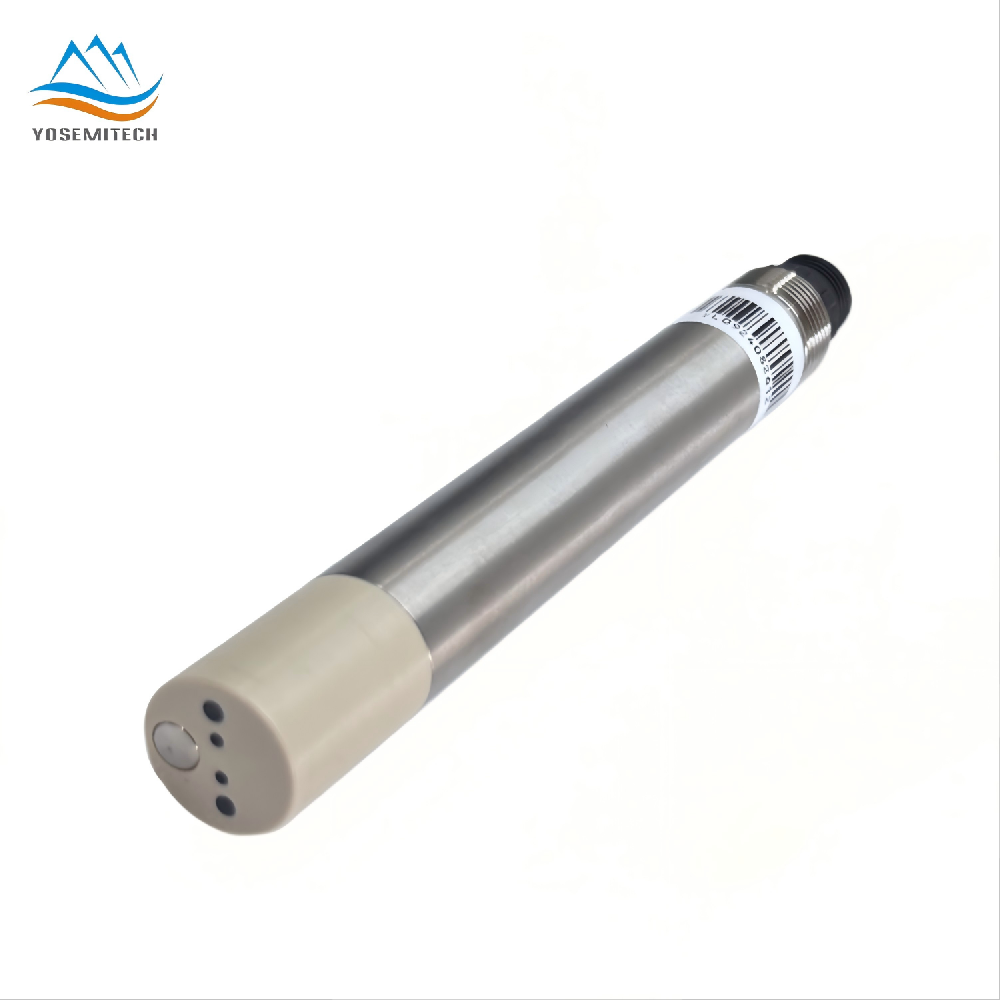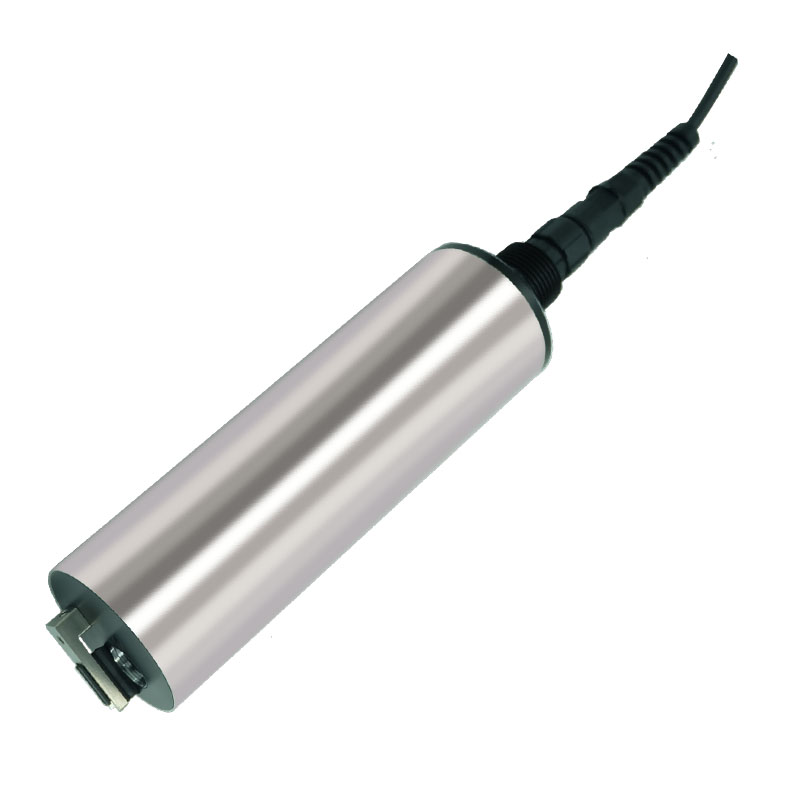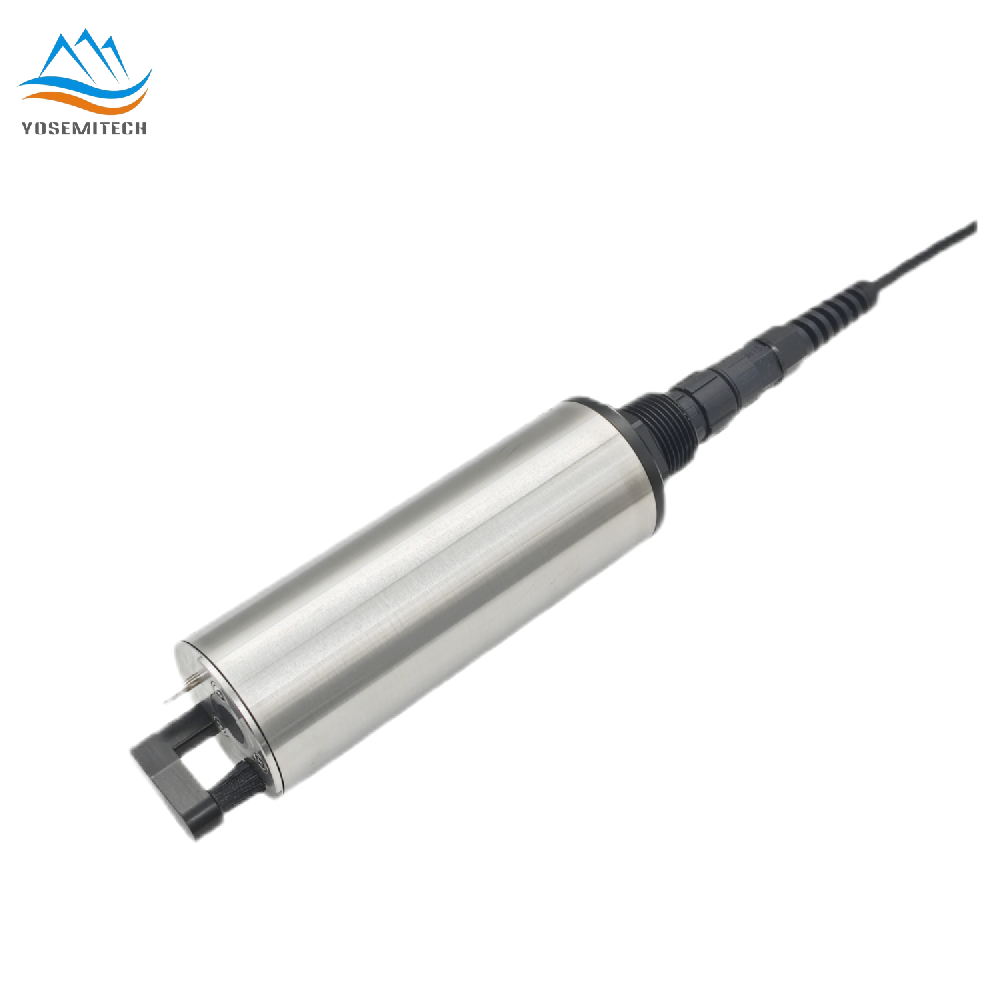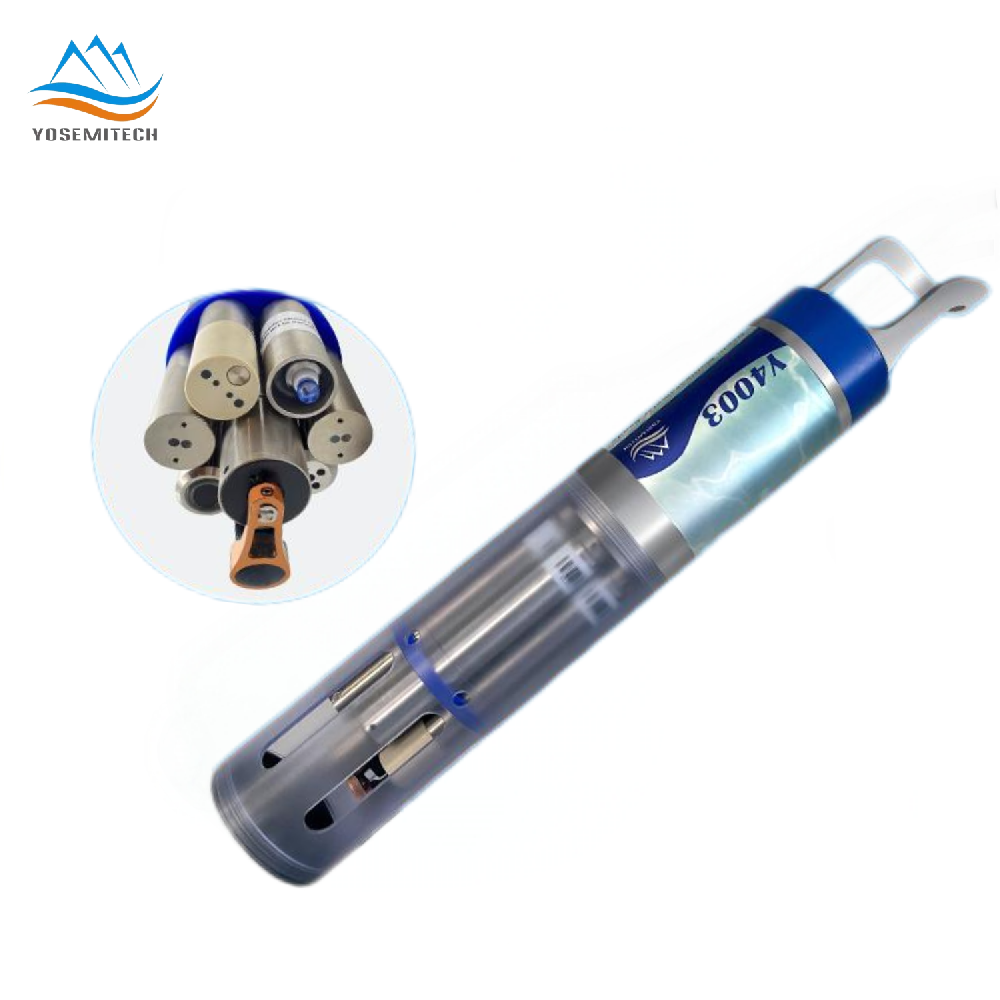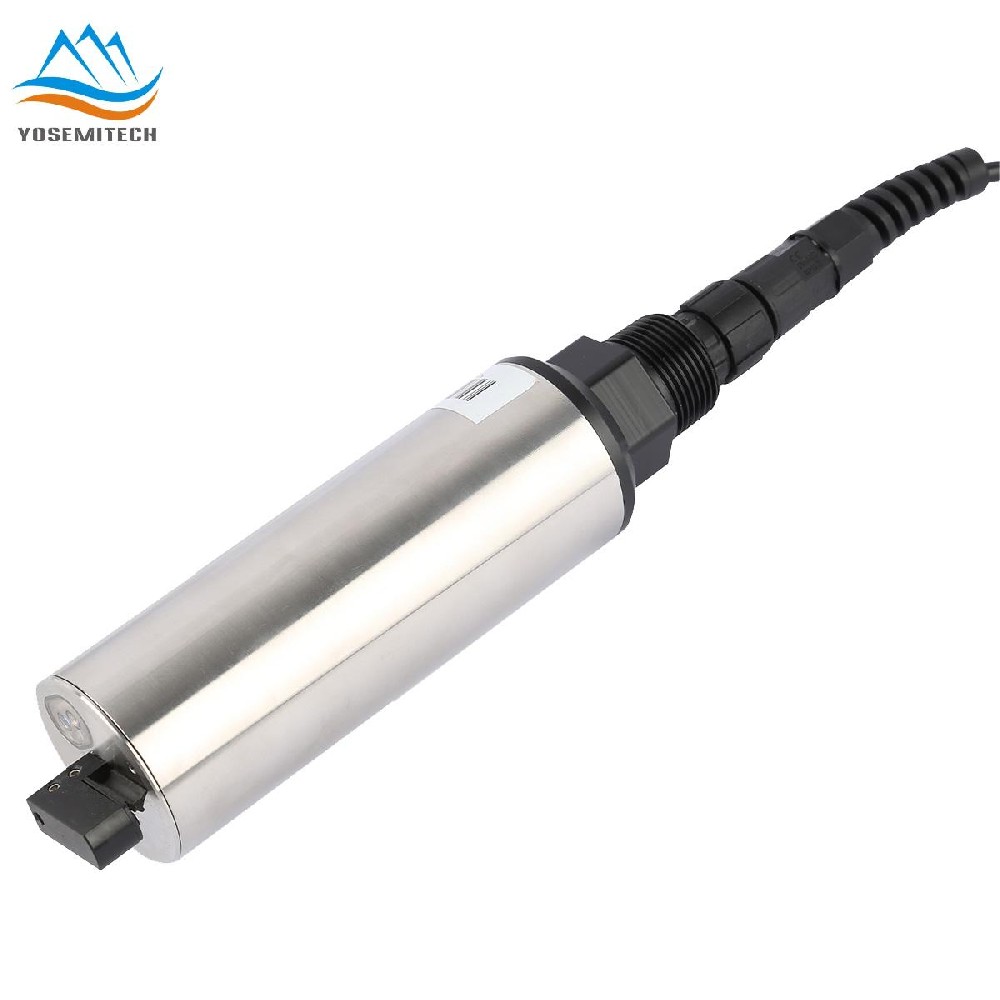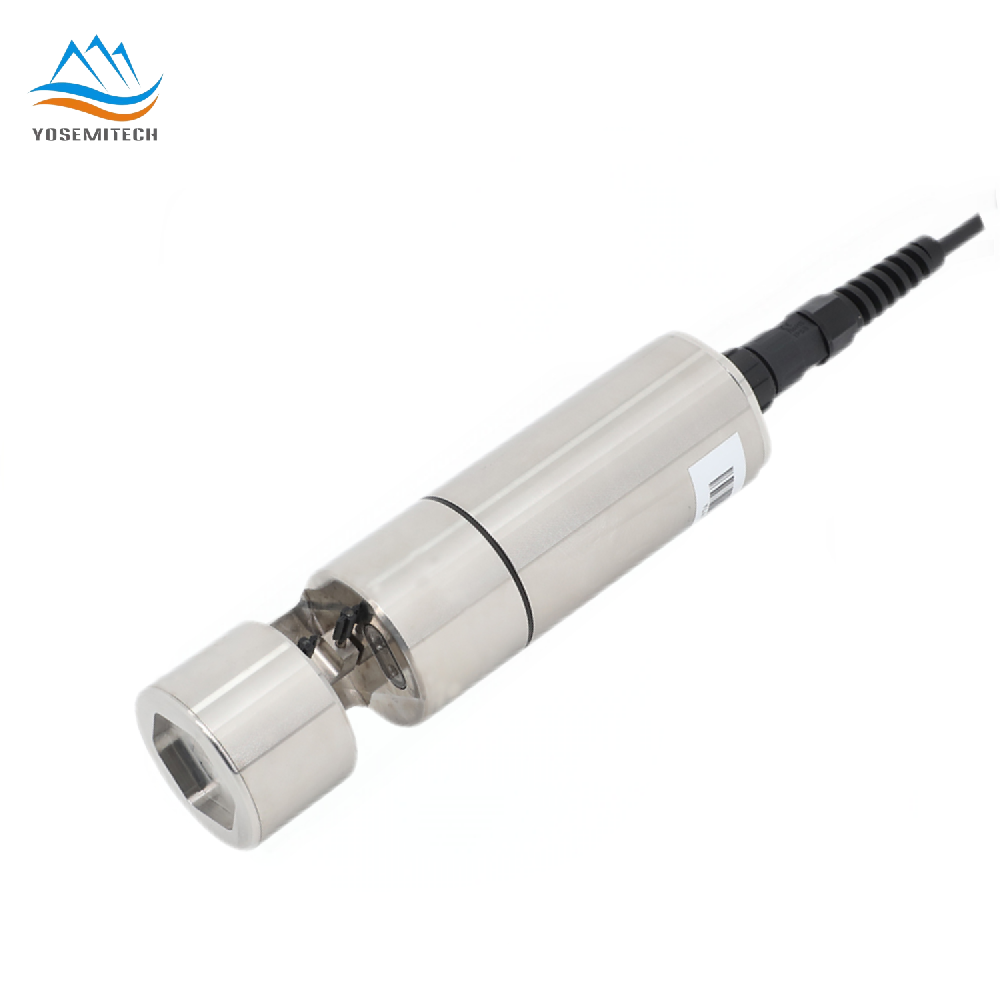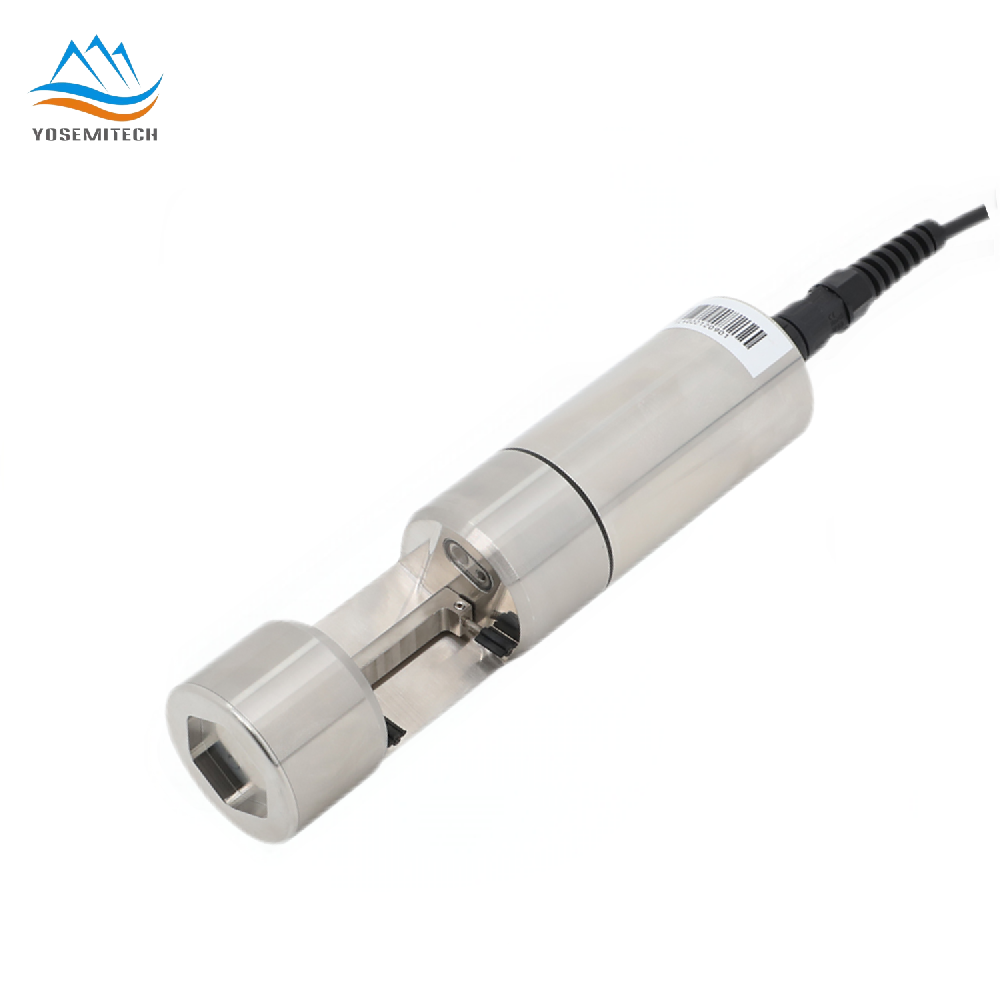Industry news
ORP Management: Ensuring Efficient Wastewater Processes
Writer: admin Time:2024-11-01 15:48:28 Browse:1312℃
In the field of water treatment, ORP (Oxidation-Reduction Potential), is one of the most important parameter. ORP serves as a critical parameter that influences the effectiveness of wastewater treatment processes. By effectively managing ORP levels, people can ensure their wastewater treatment systems operate optimally, producing high-quality effluent that meets regulatory standards. This blog will explore the definition of ORP, its applications in wastewater and other water treatment processes, as well as methods for measuring ORP, ultimately underscoring the vital role of ORP management in achieving efficient wastewater processing.

Understanding ORP: Definition and Significance
ORP (Oxidation-Reduction Potential) is a measure of the electrical potential in wastewater. It indicates the tendency of a solution to either gain or lose electrons, which directly correlates with the water's ability to cleanse itself of pollutants. ORP is measured in millivolts (mV) and provides valuable insights into the water's oxidizing or reducing capacity. A higher ORP value indicates a more oxidizing environment, which is typically more effective for breaking down organic matter and killing pathogens.
ORP Application in Wastewater Treatment
1. Disinfection
ORP is a key parameter in the disinfection process of wastewater. It helps in monitoring the effectiveness of disinfectants such as chlorine, which is commonly used to kill pathogens. By maintaining an optimal ORP range, the disinfection process can be optimized to ensure that the water is free from harmful bacteria and viruses. The ORP value indicates the level of oxidation, which is essential for the breakdown of organic matter and the inactivation of microorganisms.
2. Nitrification and Denitrification
ORP is used to control and monitor the nitrification and denitrification processes in wastewater treatment. Nitrification is the conversion of ammonia to nitrate, while denitrification is the reduction of nitrate to nitrogen gas. ORP helps in maintaining the appropriate conditions for these biological processes. For instance, a higher ORP value is required for nitrification, while a lower ORP value is needed for denitrification. By monitoring ORP, treatment plants can ensure that these processes occur efficiently, leading to the removal of nitrogen compounds from the wastewater.
3. Biological Nutrient Removal (BNR)
ORP is a critical parameter in Enhanced Biological Nutrient Removal (BNR) processes. BNR involves the removal of nutrients such as nitrogen and phosphorus from wastewater. ORP helps in controlling the aerobic and anaerobic conditions necessary for the biological removal of these nutrients. By maintaining the right ORP levels, treatment plants can optimize the BNR process, ensuring that the effluent meets regulatory standards for nutrient content.
4. Sludge Digestion
ORP is used to monitor and control the sludge digestion process in wastewater treatment. Sludge digestion involves the breakdown of organic matter in the sludge, which is a byproduct of the wastewater treatment process. ORP helps in maintaining the optimal conditions for the anaerobic digestion of sludge, ensuring that the process is efficient and effective. This not only reduces the volume of sludge but also produces biogas, which can be used as a renewable energy source.
5. Control of Aeration
ORP is used to control the aeration process in wastewater treatment. Aeration is the process of adding oxygen to the wastewater to support the growth of aerobic microorganisms, which break down organic matter. By monitoring ORP, treatment plants can ensure that the aeration process is neither underdone nor overdone. This helps in maintaining the right balance of dissolved oxygen (DO) and ORP, ensuring efficient biological treatment.
6. Monitoring of Chemical Reactions
ORP is used to monitor various chemical reactions in wastewater treatment. For example, it can be used to monitor the reduction of hexavalent chromium (Cr(VI)) to trivalent chromium (Cr(III)) in industrial wastewater. This process is crucial for the removal of toxic metals from the wastewater. By maintaining the appropriate ORP levels, treatment plants can ensure that these chemical reactions occur efficiently, leading to the removal of harmful substances from the wastewater.
7. Compliance with Regulatory Standards
ORP management helps in ensuring that the treated wastewater meets regulatory standards for discharge. By monitoring ORP, treatment plants can ensure that the effluent is free from harmful pollutants and meets the required quality standards. This not only helps in avoiding fines and penalties but also ensures that the treated water is safe for reuse or discharge into the environment.
Application of ORP in Other Water Treatment Processes
Drinking Water Treatment: ORP sensors monitor the disinfection process, ensuring that the water is free from harmful bacteria and viruses.
Industrial Water Treatment: In industries such as pharmaceuticals, food and beverage, and semiconductor manufacturing, ORP management ensures that the water used in production processes meets stringent quality standards.
Aquaculture: ORP levels are monitored to maintain a healthy environment for fish and other aquatic life, preventing the growth of harmful bacteria.
How to Measure ORP?
In water quality testing, measuring ORP mainly uses an ORP probe. ORP Sensor is mainly composed of ORP measuring electrode, reference electrode, and potentiometer. The ORP measuring electrode is an electrode that can absorb or release electrons on the surface of its sensitive layer, which is an inert metal, usually made of platinum and gold, and because they are difficult to react with other substances, the results are more reliable. The reference electrode is the same silver/silver chloride electrode as the pH electrode. The detection of ORP is actually the measurement of potential difference. When the platinum electrode and the reference electrode are inserted into the aqueous solution, an electron transfer reaction will occur on the metal surface, and the potential difference between the electrode and the solution will be generated. When the electrode reaction reaches equilibrium, the potential difference relative to the reference electrode is ORP.
Conclusion
ORP management is a cornerstone of efficient wastewater treatment processes. By accurately measuring and controlling ORP levels, treatment facilities can optimize their operations, ensuring the production of high-quality effluent that meets regulatory standards. Whether in wastewater treatment, drinking water purification, or industrial applications, the role of ORP cannot be overstated. As technology advances, the precision and reliability of ORP measurement continue to improve, making it an indispensable tool in the quest for cleaner water and a healthier environment.
CATEGORIES
CONTACT US
Yosemitech Technologies Co., Ltd
 +86 19984844080
+86 19984844080
 sales@yosemitech.com
sales@yosemitech.com
 Bldg,25,CECEP Industrial Park, No. 18 Dongchang Rd. Suzhou Industrial Park, Jiangsu Province,China 215126, China
Bldg,25,CECEP Industrial Park, No. 18 Dongchang Rd. Suzhou Industrial Park, Jiangsu Province,China 215126, China
